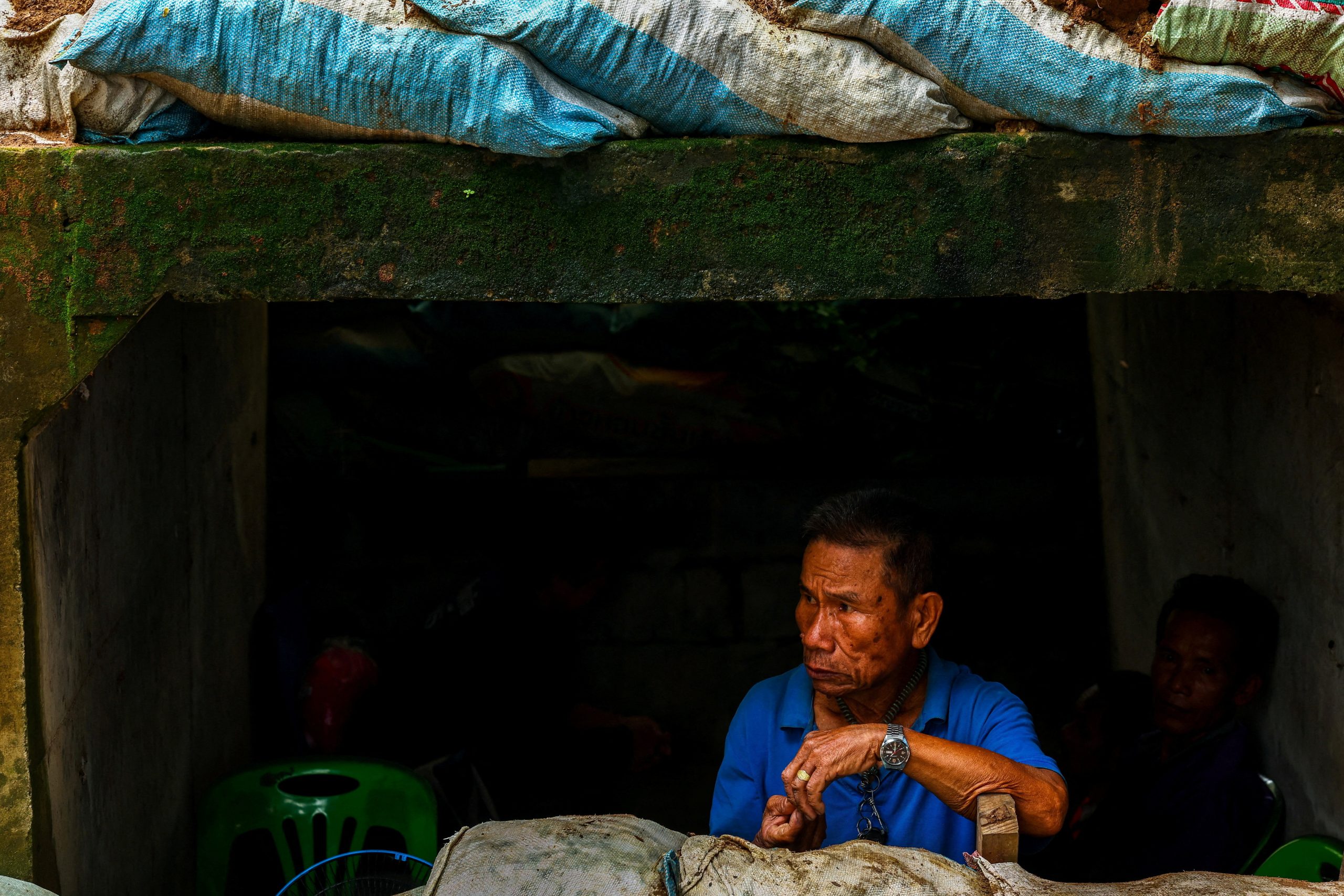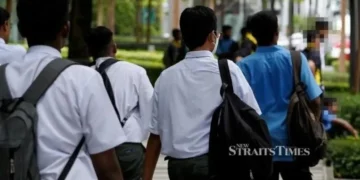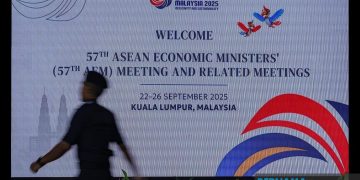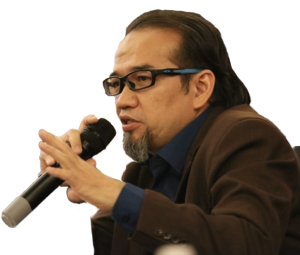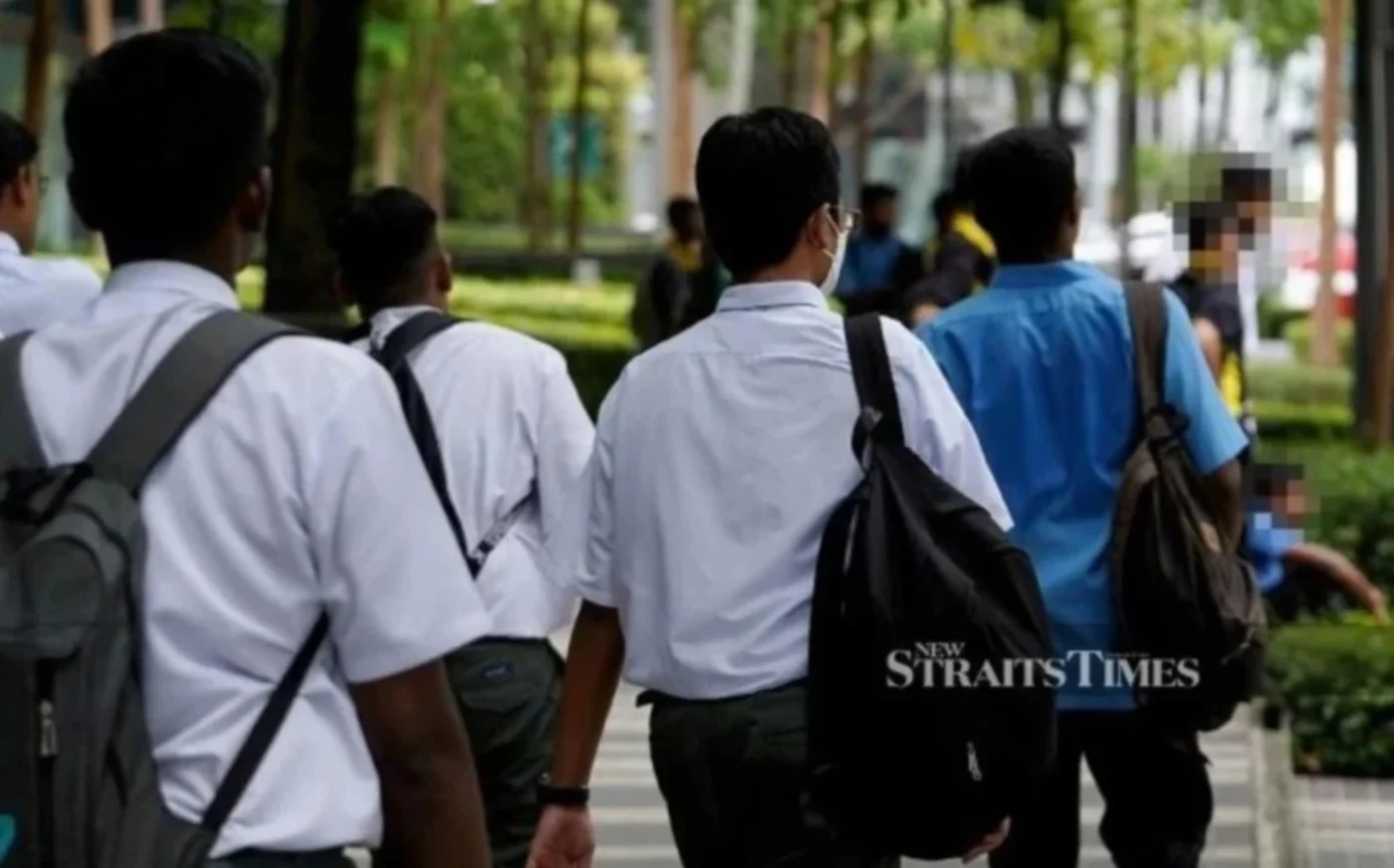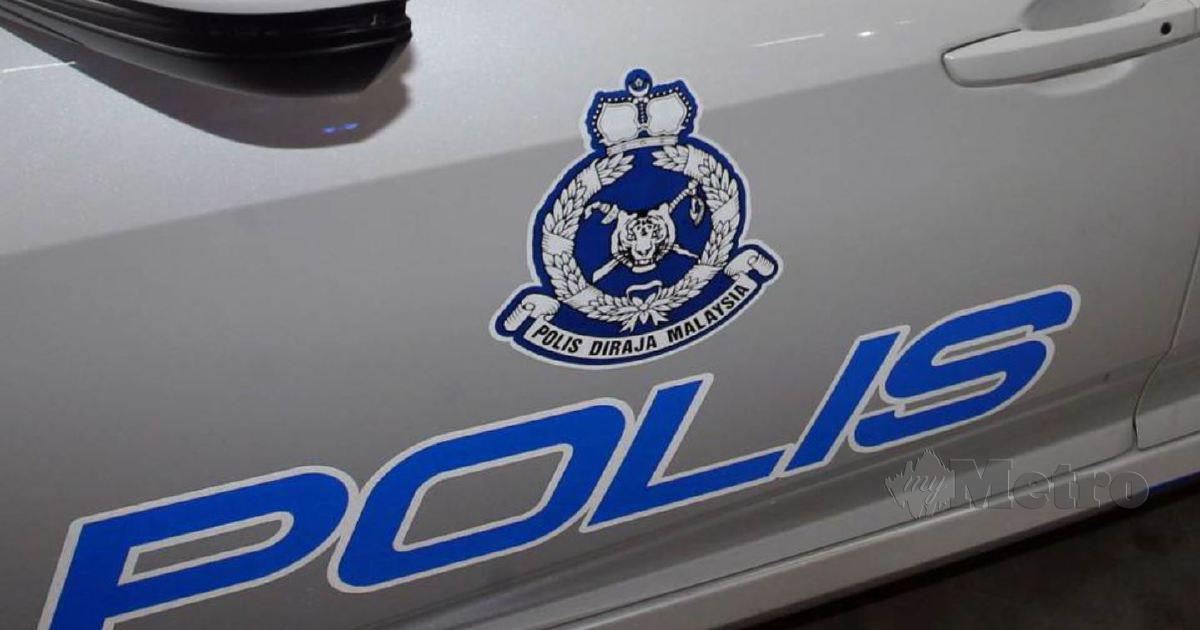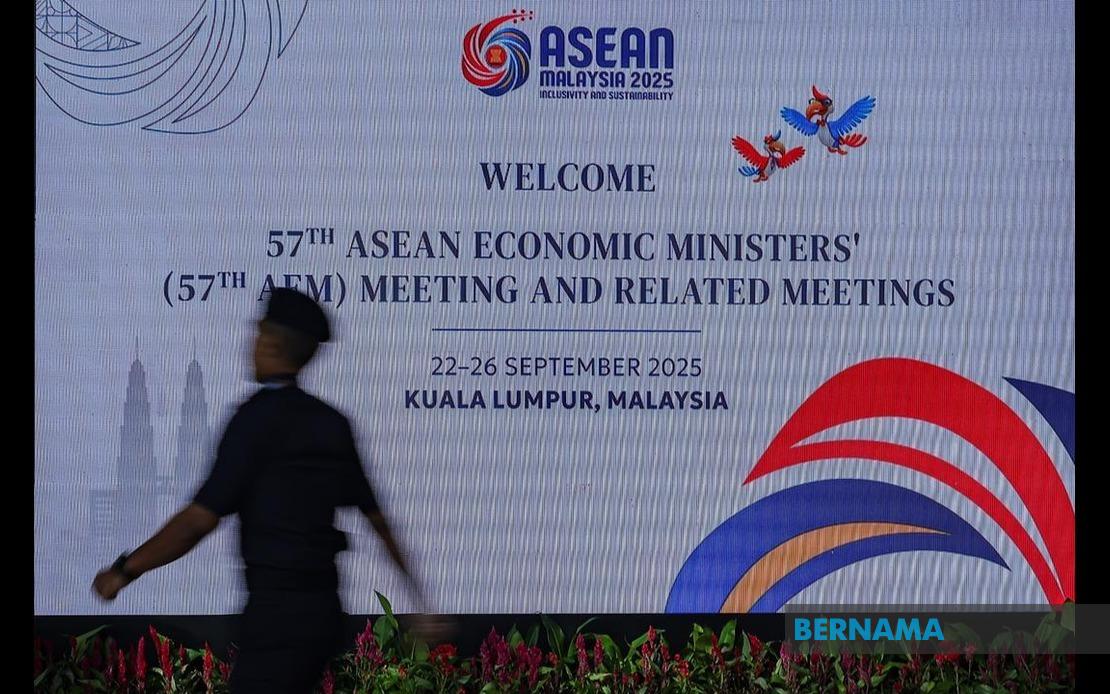SHAH ALAM, July 28 — As border clashes between Cambodia and Thailand persist, experts are calling on Asean to uphold its core principle of non-intervention and maintain unity in the face of escalating tensions.
While a full-scale war is still considered unlikely, they said diplomatic efforts must intensify to prevent the situation from worsening.
Security and political analyst Nirwandy Mat Noordin said Asean must continue to demonstrate solidarity in its approach, ensuring that any response to the dispute aligns with the bloc’s foundational principles.
“If the situation escalates into a war, Malaysia’s action has to reflect Asean’s unity, whether by refraining from direct involvement or by providing assistance to war-affected populations,” he told Media Selangor.
Nirwandy noted that all decisions must be guided by Asean’s non-intervention policy and collective consensus, so as to maintain the bloc’s core principles during both times of conflict and peace.
“It is also equally important to uphold Asean’s policy on the Zone of Peace, Freedom, and Neutrality (ZOPFAN) to ensure the region remains free from war. Stability in the Asean region must be preserved through consensus, diplomatic resources and, most importantly, a ceasefire,” he said.
Nirwandy also warned that any external interference could further destabilise the region, and urged Malaysia, as the Asean chair, to activate diplomatic channels to help de-escalate the situation immediately.
“Everyone is working towards a ceasefire, and hopefully this will help de-escalate the situation while ensuring the principle of non-intervention is observed,” he said.
The border conflict between Thailand and Cambodia near the disputed Preah Vihear area has flared up since May, following a confrontation between soldiers that resulted in the death of a Cambodian soldier.
On Thursday (July 24), troops from both countries clashed, with each side blaming the other for initiating the latest confrontation. At least 30 people, including civilians, have been killed in the heaviest fighting between the two nations in over a decade, which has displaced more than 150,000 people.
According to Reuters, after four days of the worst fighting between the two countries, the death toll stood above 30, including 13 civilians in Thailand and eight in Cambodia. More than 200,000 people have been evacuated from border areas in the two countries.
The dispute over an 817km stretch of border dates back more than a century, when France, the then-colonial ruler of Cambodia, first mapped the land boundary in the early 1900s.
On Friday (July 25), it was reported that acting Thai Prime Minister Phumtham Wechayachai said the fighting “could develop into war”.
Previously, Anwar urged leaders of both nations to agree to an immediate ceasefire, reiterating that Malaysia would continue to engage with the two sides to propose a peaceful resolution. On Saturday (July 26), United States President Donald Trump said that both countries had agreed to pursue ceasefire negotiations.
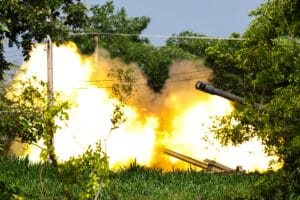
Conflict likely to subside
For defence, security, foreign policy and politics expert K. S. Balakrishnan, the current clashes appear to be driven by localised triggers, rather than indicative of a full-scale border military campaign.
“This time, maybe due to other triggers, it may be escalating a bit more (than in the past). But given Asean’s pressure, (the situation) is likely to subside and (we should not expect a) major escalation.
“Although people are fleeing the border zone now, I believe eventually, with time, they will return,” the former Universiti Malaya lecturer said, adding that Malaysia’s role as Asean chair is especially important in steering calm and confidence in the region.
Balakrishnan said the ongoing situation is unlikely to escalate into a full-scale war, as neither country is expected to pursue such a course, despite lingering tensions from unresolved past disputes.
He also played down the potential for the conflict to escalate into a larger crisis involving other regional peers, but said any resolution would depend on the willingness of both militaries to de-escalate and return to negotiations.
Balakrishnan pointed out that the two countries had previously employed joint mechanisms, like bilateral water or border commissions, to resolve similar disputes and could do so again.
“I do not expect this to escalate further; rather, I believe it will subside quickly. It ultimately depends on how the militaries handle the situation,” he said.
Balakrishnan added that it is vital for the region to demonstrate stability and peace in order to remain attractive to investors, cautioning that prolonged tensions could harm Southeast Asia’s image.
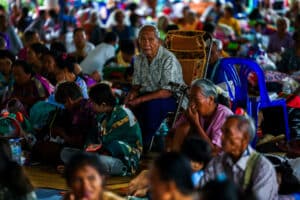
Avoid provocation
Meanwhile, Nirwandy urged media outlets and social media users, especially in Cambodia and Thailand, to avoid sensationalism that could fuel emotional or ideological divides.
In his view, responsible communication is crucial to prevent further escalation, particularly in conflicts marked by long-standing ideological divides, as seen not only in the current dispute but also in situations like those in Myanmar.
He added that the Thailand-Cambodia conflict is not solely a territorial dispute, but one that also involves deeper cultural, theological, and ideological tensions, where emotional rhetoric, especially from citizens and on social media, could aggravate the situation.
“We must foster unity, not inflame public sentiment. Emotional narratives can complicate efforts toward de-escalation,” Nirwandy said.
The analyst called on Asean to demonstrate its diplomatic capability to manage intra-regional tensions through peaceful means.
“There needs to be a persistent diplomatic effort by all Asean countries, as well as global superpowers like the US or China, to keep the peace in the region,” he said.
Both Balakrishnan and Nirwandy agreed that Asean must not only address the Cambodia-Thailand tensions, but also approach broader regional conflicts — such as the ongoing conflict in Myanmar — with renewed urgency and commitment to peacebuilding.
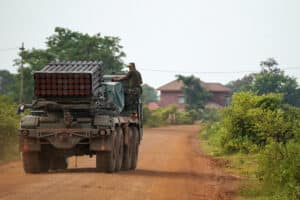
Credit: https://mediaselangor.com/en/2025/07/309511/thailand-cambodia-conflict-a-test-of-aseans-resolve-experts

